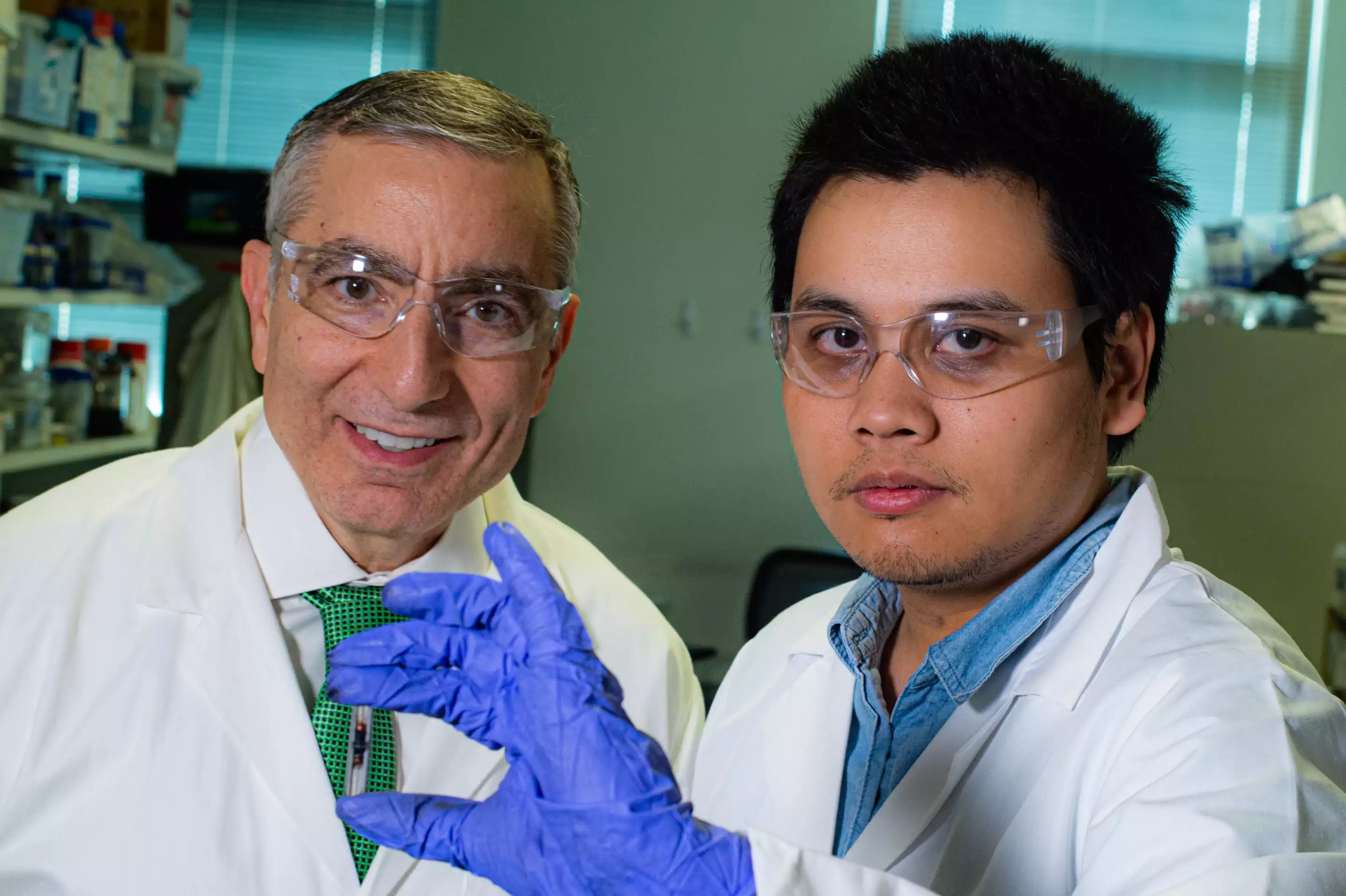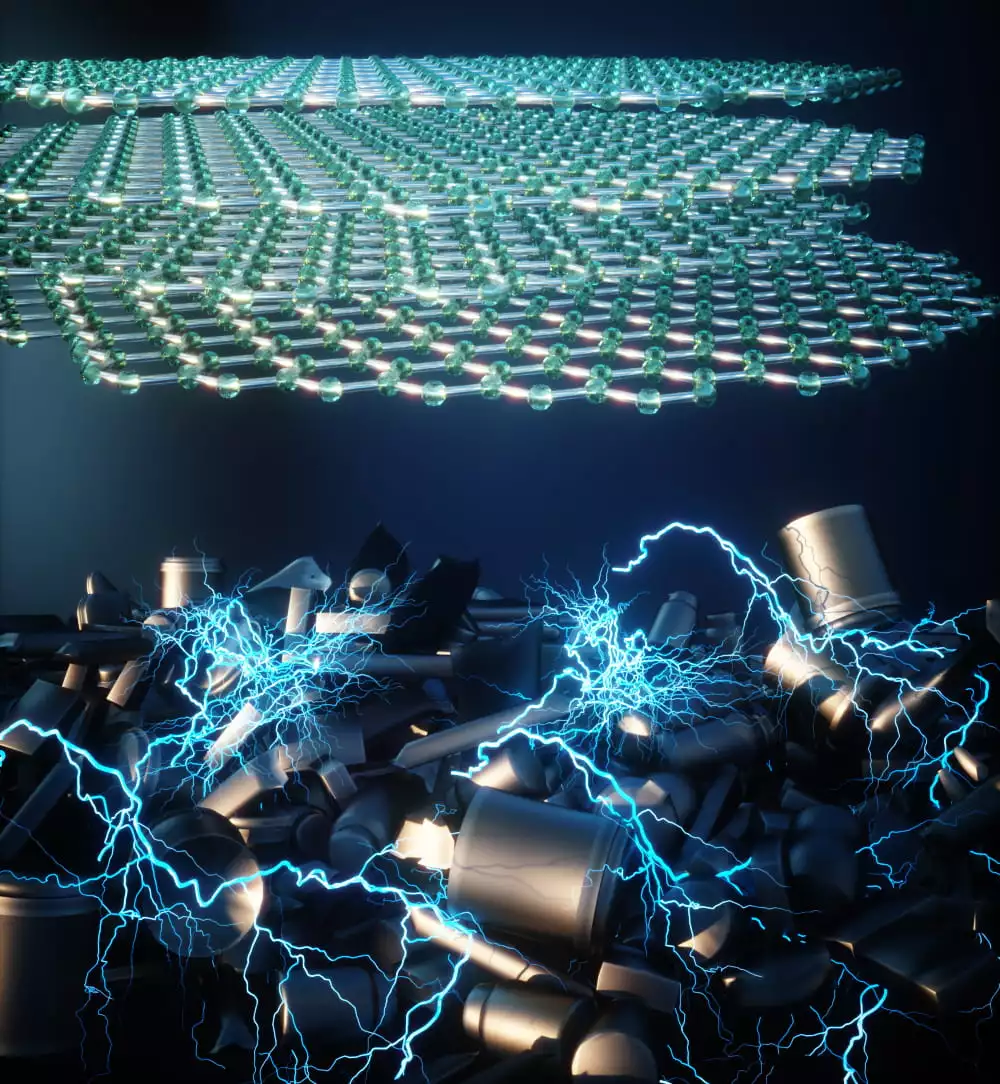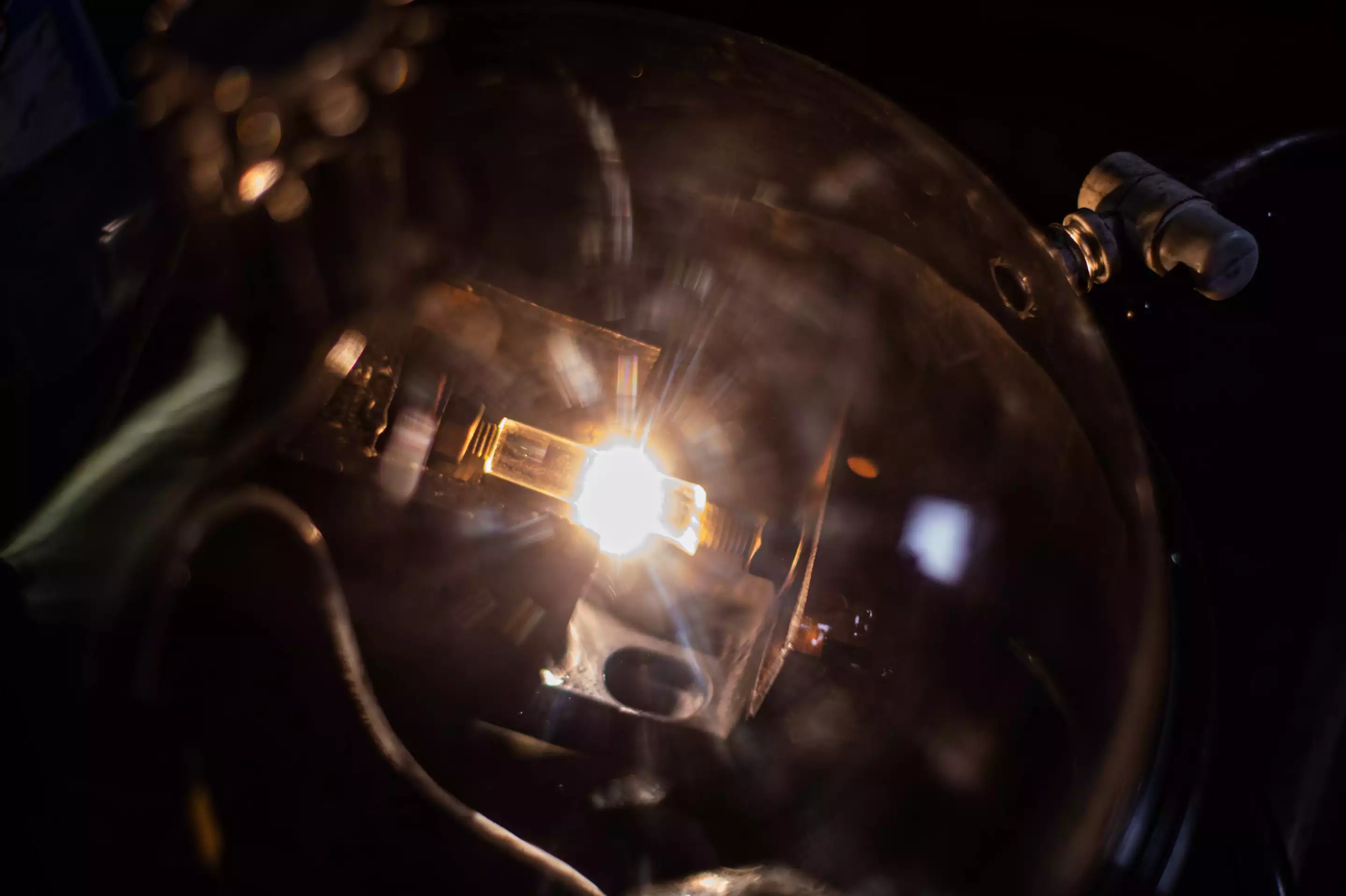Graphene’s potential as a game-changing material is well understood, but the search is very much on for new and improved ways to produce it. Scientists at Rice University are reporting a big breakthrough in this area, demonstrating a new processing technique that can convert a wide range of trash products into “flash graphene” in a cheap and efficient manner.
With high thermal and electrical conductivity, an ultra-thin profile and incredible strength, graphene is already opening up some exciting possibilities in the world of material science. One of the main ways of producing the one-atom-thick sheets is through chemical vapor deposition, a process whereby a carbon source (typically methane) is pumped into a chamber to force a chemical reaction and leave a thin layer of graphene on the surface of a thin substrate.
This can be a laborious and expensive process, with the current commercial price of graphene ranging from US$67,000 to $200,000 per ton, according to Rice University chemist James Tour. He led a team of researchers in developing a new way of putting the wonder material together, which can use all manner of things as the carbon source to tackle environmental waste at the same time.
The process leverages what is known as flash Joule heating, in which an electrical current is passed through a conductive material to generate heat. Using this technology to heat any carbon-containing materials to around 3,000 Kelvin (around 4,940° F or 2,730° C) turns trash into graphene flakes in around 10 milliseconds, while all the non-carbon elements that are left over are turned into useful gases.
“When this process is industrialized, elements like oxygen and nitrogen that exit the flash reactor can all be trapped as small molecules because they have value,” Tour says.

The most promising aspect of this new technology is the vast range of materials that can be used to generate the graphene flakes. The team says everything from banana peels, to coal, to other food waste and even plastics can act as the source of carbon and used to create bulk graphene at a fraction of the cost of current methods.
“This is a big deal,” Tour says. “The world throws out 30 to 40 percent of all food, because it goes bad, and plastic waste is of worldwide concern. We’ve already proven that any solid carbon-based matter, including mixed plastic waste and rubber tires, can be turned into graphene.”
Another exciting outcome of the research are the possibilities that a far cheaper form of graphene could open up. The team has tested composites of plastics and concrete that are enhanced with its flash graphene, with the latter proving particularly promising. Tour says that cement with a concentration of just 0.1 percent of flash graphene could reduce the immense environmental impact of concrete production by a third.
“By strengthening concrete with graphene, we could use less concrete for building, and it would cost less to manufacture and less to transport,” he says. “Essentially, we’re trapping greenhouse gases like carbon dioxide and methane that waste food would have emitted in landfills. We are converting those carbons into graphene and adding that graphene to concrete, thereby lowering the amount of carbon dioxide generated in concrete manufacture. It’s a win-win environmental scenario using graphene.”
From here, Tour and his team hope to continue refining their flash graphene production, scaling it up within the next two years to produce 2.2 lb (1 kg) of the stuff each day. Their immediate focus will be a newly funded project aimed at converting coal into flash graphene.
“This could provide an outlet for coal in large scale by converting it inexpensively into a much-higher-value building material,” Tour says.
The research was published in the journal Nature, while the video below provides an overview of the technology.
Source: Rice University







